Home>Home Maintenance>How To Build A Basement Ventilation System
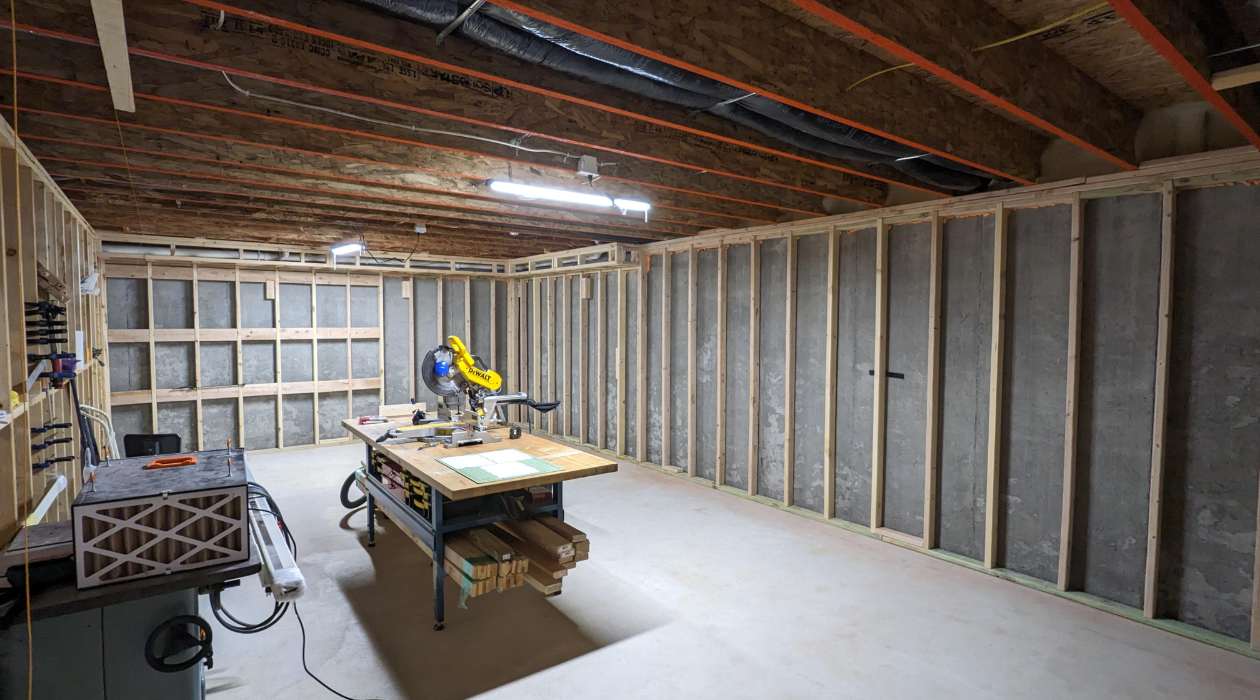

Home Maintenance
How To Build A Basement Ventilation System
Modified: August 20, 2024
Learn how to build an efficient basement ventilation system for your home. Enhance indoor air quality and prevent mold and moisture issues. Perfect for home maintenance.
(Many of the links in this article redirect to a specific reviewed product. Your purchase of these products through affiliate links helps to generate commission for Storables.com, at no extra cost. Learn more)
Introduction
Welcome to the world of home maintenance, where we will delve into the intriguing realm of basement ventilation. Many homeowners overlook the importance of maintaining proper ventilation in their basement, but it plays a crucial role in the overall health and well-being of your home. In this article, we will guide you through the process of building a basement ventilation system that will keep your basement dry, clean, and free from any potential issues.
So why is basement ventilation so important? Well, basements are known for their high moisture levels, which can lead to a range of problems including mold growth, musty odors, and even structural damage. A well-ventilated basement helps to control humidity levels, prevent the build-up of harmful gases, and promote good air circulation, which in turn safeguards the integrity of your home and enhances its livability.
Now that we understand the significance of basement ventilation, let’s dive into how you can determine your specific ventilation needs and create an effective ventilation system for your basement.
Key Takeaways:
- Proper basement ventilation is crucial for controlling moisture, preventing mold growth, and improving air quality, creating a healthier living space.
- Understanding your specific ventilation needs and planning an effective system will ensure a comfortable and durable basement environment for your family.
Read more: How To Build A Basement
Understanding the Importance of Basement Ventilation
Basement ventilation is essential for maintaining a healthy and functional living environment. Without proper ventilation, basement spaces can become damp, musty, and prone to mold growth. The stagnant air in a poorly ventilated basement can also lead to an accumulation of harmful gases, such as radon, which can pose serious health risks to the occupants of the home.
One of the main reasons why basement ventilation is important is to control moisture levels. Basements are particularly susceptible to moisture due to their underground location, lack of natural light, and proximity to soil. Moisture can seep through the walls and floors, leading to dampness, water damage, and the growth of mold and mildew.
Excessive moisture in the basement can not only damage the structure of the building, but it can also make the space uncomfortable and unusable. It creates a breeding ground for bacteria, allergens, and pests, making the basement an unhealthy living area.
In addition to moisture control, basement ventilation plays a crucial role in improving air quality. Stale and stagnant air can lead to the accumulation of harmful gases, such as radon, carbon monoxide, and volatile organic compounds (VOCs). These gases can be emitted from building materials, appliances, and even the soil beneath the basement. Without proper ventilation, these gases may build up to dangerous levels, posing serious health risks to the occupants.
Furthermore, a well-ventilated basement helps to remove odors that may arise from dampness, mold growth, or stored items. It promotes fresh air circulation, reducing the musty smell often associated with basements. This makes the basement a more pleasant and inviting space, suitable for various uses such as an extra living area, a home office, or a recreational space.
In summary, basement ventilation is essential for controlling moisture levels, preventing mold growth, promoting good air quality, and enhancing the overall livability of your home. With a properly ventilated basement, you can avoid costly repairs, protect the health of your family, and make the most out of this valuable space.
Determining Your Ventilation Needs
When it comes to basement ventilation, determining your specific needs is a crucial step in designing an effective system. Every basement is unique, with different sizes, layouts, and levels of moisture. By assessing your ventilation requirements, you can ensure that your system is tailored to address the specific challenges of your basement.
The first factor to consider is the size of your basement. Larger basements require more ventilation to adequately circulate the air and control moisture levels. Calculate the total square footage of your basement to determine the appropriate airflow capacity for your ventilation system.
Next, consider the level of existing moisture in your basement. If you’ve noticed dampness, water seepage, or mold growth, it’s essential to address these issues before installing a ventilation system. Moisture can enter the basement through cracks in the foundation, poorly sealed windows, or inefficient drainage systems. Repairing these issues will help create a drier environment and prevent future moisture-related problems.
Additionally, consider your climate and the external factors that may affect your basement’s moisture levels. If you live in an area with high humidity or heavy rainfall, you’ll need to take extra precautions to ensure sufficient ventilation. Installing a dehumidifier alongside your ventilation system can help control humidity levels in humid climates.
Take note of the activities that take place in your basement as well. If you use it as a laundry room, workshop, or have any appliances that generate heat or moisture, you may require additional ventilation to address the specific needs of these activities.
Lastly, consider any potential sources of indoor air pollutants in your basement. Do you store chemicals, paints, or other hazardous materials? Are there any fuel-burning appliances, such as a furnace or water heater? Identifying and properly venting these sources is crucial to maintain good indoor air quality and protect your health.
By assessing the size, moisture levels, climate, activities, and potential pollutants in your basement, you can gain a clearer understanding of your ventilation needs. This information will guide you in choosing the right ventilation method and designing an effective system that meets the unique requirements of your basement.
Planning Your Basement Ventilation System
Once you have determined your ventilation needs, the next step is to plan your basement ventilation system. This involves considering the different components and methods available to ensure proper airflow and moisture control in your basement.
One of the key components of a basement ventilation system is air intake. This involves bringing fresh air into the basement from the outside. Ideally, the air intake should be located in an area where clean outdoor air can be easily accessed. This can be achieved through windows, vents, or ducts. Consider the placement of these openings to maximize airflow and minimize obstructions.
In addition to air intake, you also need to plan for air exhaust. This involves expelling stale air, moisture, and indoor pollutants from the basement. Exhaust points can be located near the ceiling or high on the walls to ensure efficient removal of humid air. Proper placement of exhaust points is crucial, as it allows the warmer air to rise and exit the basement, creating a natural flow of fresh air.
Ventilation fans can also be incorporated into your system to enhance airflow and control moisture. These fans can be installed near the air intake or exhaust points to facilitate air movement. Choose fans with adjustable speed settings to allow for customization based on the specific ventilation needs of your basement.
Another important aspect to consider is the use of dehumidifiers in your ventilation system. Dehumidifiers help to remove excess moisture from the air, preventing mold growth and maintaining optimal humidity levels. They can be integrated into the ventilation system or used as standalone units depending on the size and moisture level of your basement.
When planning your basement ventilation system, keep in mind the power source for the components. Determine if you have access to electrical outlets or if you need to explore alternative power options such as battery-operated fans or solar-powered systems.
Lastly, consider the potential noise level of the system. Basement ventilation systems can produce some noise, especially if fans are involved. Think about the locations of the intake and exhaust points to minimize the impact of noise on your living spaces, such as bedrooms or living rooms adjacent to the basement.
By carefully planning your basement ventilation system, taking into account air intake, air exhaust, ventilation fans, dehumidifiers, power sources, and noise considerations, you can create an efficient and effective system that will promote a healthy and comfortable environment in your basement.
Choosing the Right Ventilation Method
When it comes to basement ventilation, there are various methods to choose from. The ideal ventilation method for your basement will depend on factors such as the layout of your basement, the existing infrastructure, and your specific ventilation needs. Let’s explore some of the commonly used ventilation methods:
Read more: How To Build A Basement Door
1. Natural Ventilation:
Natural ventilation utilizes windows, vents, or openings to allow fresh air to enter the basement and stale air to exit. This method relies on natural air movement, driven by temperature and wind pressure differentials. It is an energy-efficient option and works well in basements with good cross-ventilation and adequate windows or vents strategically placed to facilitate airflow.
2. Forced Air Ventilation:
Forced air ventilation involves using fans or blowers to circulate air through the basement. This method is particularly useful in basements with limited access to natural ventilation or where the airflow needs to be enhanced. Fans can be installed near air intake points to bring in fresh air or near exhaust points to expel stale air. This method allows for better control over the airflow and is effective in removing excess moisture.
3. Mechanical Ventilation:
Mechanical ventilation involves the use of dedicated ventilation systems, such as whole-house ventilation systems or heat recovery ventilators (HRVs). These systems use fans and ductwork to provide continuous airflow and exchange stale indoor air with fresh outdoor air. Mechanical ventilation is beneficial in basements that require a higher level of air exchange and where natural or forced air ventilation may be insufficient.
4. Dehumidifiers:
In situations where excessive moisture is a concern, dehumidifiers can be used as a standalone or complementary ventilation method. Dehumidifiers remove moisture from the air, helping to control humidity levels and prevent mold growth. They can be integrated into the overall ventilation system or used separately, depending on the specific needs of your basement.
When choosing the right ventilation method for your basement, consider factors such as the size and layout of your basement, the availability of natural ventilation options, the level of moisture or humidity, and the desired level of control over airflow. It may be beneficial to consult with a professional to evaluate your specific needs and recommend the most suitable ventilation method.
Remember that a combination of different ventilation methods may be necessary to achieve optimal results. By selecting the right ventilation method, you can create a healthy and comfortable environment in your basement while mitigating moisture-related issues.
Read more: How To Build A Bar In Basement
Installing the Ventilation System
Installing a basement ventilation system involves careful planning and execution to ensure proper functionality and efficiency. Here are the key steps to follow when installing your ventilation system:
1. Determine the System Layout:
Based on your ventilation method and the layout of your basement, determine the placement of air intake points, exhaust points, fans, and any additional components. Consider factors such as accessibility, airflow paths, and noise control.
2. Prepare the Basement:
Prior to installation, prepare your basement by clearing any obstructions near the planned intake and exhaust points. Ensure that windows or vents are free from dirt, debris, or any blockages that may hinder the flow of air. Clean the walls and floors to create a clean and suitable environment for installation.
3. Install Intake and Exhaust Points:
Install any necessary intake vents, windows, or ductwork to allow fresh air to enter the basement. Likewise, install exhaust vents or fans near the ceiling or high on the walls to expel stale air. Ensure proper sealing around these openings to prevent air leaks.
Read more: How To Build Basement Shelves
4. Mount and Connect Fans:
If using fans in your ventilation system, mount them in the designated locations. Follow the manufacturer’s instructions for proper installation. Connect the fans to a power source, ensuring that all electrical connections are secure and in compliance with building codes.
5. Integrate Dehumidifiers (if applicable):
If using dehumidifiers as part of your ventilation system, position them strategically to effectively remove excess moisture from the air. Install any necessary drainage systems to manage the collected water from the dehumidifiers.
6. Test and Adjust:
Once the ventilation system is installed, test its functionality to ensure proper airflow and performance. Make any necessary adjustments to fan speeds, positioning, or settings to achieve the desired level of ventilation. Monitor the system over time to ensure it effectively controls moisture and maintains good air quality.
7. Regular Maintenance:
Maintain your basement ventilation system regularly to ensure its continued effectiveness. Clean or replace filters as needed, inspect fan motors and components, and address any issues promptly. Regular maintenance will prolong the lifespan of the system and ensure optimal functionality.
It’s worth noting that installation may vary depending on the specific ventilation method and components you choose. If you’re uncertain about any aspect of the installation process, consult with a professional or seek guidance from knowledgeable sources to ensure a successful installation.
By carefully following these installation steps and maintaining your basement ventilation system, you can create a healthier and more comfortable living environment while safeguarding the integrity of your home.
Read more: How To Build A Curved Range Hood
Maintaining and Upgrading Your Basement Ventilation System
Maintaining and upgrading your basement ventilation system is essential to ensure its continued effectiveness in controlling moisture, improving air quality, and protecting your home. Regular maintenance and occasional upgrades will help optimize the performance and longevity of your system. Here are some important steps to follow:
1. Regular Cleaning and Inspection:
Perform routine cleaning and inspection of your ventilation system. Keep intake and exhaust points clear of any debris or obstructions that may hinder airflow. Clean or replace filters as recommended by the manufacturer to maintain proper ventilation and prevent the accumulation of dust and contaminants.
2. Check Fan Performance:
Regularly monitor the performance of any fans in your system. Ensure they are operating smoothly and without unusual noise. Lubricate fan motors as needed and replace worn-out components to maintain optimal airflow. If you notice any issues with fan performance, address them promptly to prevent further damage to the system.
3. Monitor Humidity Levels:
Keep an eye on the humidity levels in your basement. Use a hygrometer to measure and monitor the relative humidity. If humidity levels consistently exceed the recommended range, consider upgrading your dehumidifier or adjusting its settings to more effectively control moisture in the air.
Read more: How To Hide HVAC Ducts In Basement
4. Upgrade to Energy-Efficient Components:
If your basement ventilation system is outdated or inefficient, consider upgrading to energy-efficient components. Newer models of fans, dehumidifiers, and other ventilation systems are designed to consume less energy while providing improved performance. Upgrading can lead to energy savings and enhance the overall effectiveness of your ventilation system.
5. Address Structural Issues:
Regularly inspect your basement for any structural issues that may impact your ventilation system. Look for cracks or gaps in the walls, windows, or foundation that may allow moisture or outside air to enter. Seal any leaks or repair any damage to maintain an airtight and moisture-resistant basement environment.
6. Consider Additional Air Purification:
If air quality is a concern, consider incorporating additional air purification methods. This can include using air purifiers, UV germicidal lights, or activated carbon filters to remove pollutants, allergens, and odors from the air. These upgrades can further improve the overall indoor air quality of your basement.
7. Seek Professional Advice:
If you are unsure about any aspect of maintaining or upgrading your basement ventilation system, it is always advisable to seek professional advice. An experienced HVAC technician or a home maintenance expert can provide guidance and assistance in ensuring the effectiveness and safety of your system.
By implementing regular maintenance and occasional upgrades, you can maximize the performance and lifespan of your basement ventilation system. This will help to create a healthier, more comfortable living environment while protecting your home from the damaging effects of moisture and poor air quality.
Read more: How To Build Basement Stairs
Conclusion
In conclusion, a well-designed and properly maintained basement ventilation system is crucial for maintaining a healthy and functional living space. Proper ventilation helps control moisture levels, prevent mold growth, and improve overall air quality in your basement. By following the steps outlined in this article, you can create an effective basement ventilation system that addresses your specific needs.
Understanding the importance of basement ventilation is the first step. Recognizing the detrimental effects of high moisture levels and poor air quality will motivate you to take action and prioritize ventilation in your basement.
Next, determining your ventilation needs is crucial for designing a system that is tailored to your basement’s unique requirements. Consider factors such as the size of your basement, the existing moisture levels, the climate, and the activities that take place in the space.
Planning your basement ventilation system involves considering the components, methods, and power sources that will best suit your needs. Whether you choose natural ventilation, forced air ventilation, mechanical ventilation, or a combination of methods, ensure proper placement and airflow to achieve the desired results.
Once your ventilation system is planned, the installation process requires careful attention to detail. Properly positioning intake and exhaust points, mounting fans, and connecting power sources are all crucial steps in ensuring the effectiveness of your system.
Maintaining and upgrading your basement ventilation system is equally important for long-term functionality. Regular cleaning, inspection, and monitoring of humidity levels will help in preventing issues and addressing any problems promptly. Consider upgrading to energy-efficient components and addressing structural issues to enhance the efficiency of your system.
Lastly, seeking professional advice when needed can provide valuable insights and ensure the safety and effectiveness of your ventilation system.
By implementing a comprehensive and well-maintained basement ventilation system, you can create a healthier, more livable space that is free from moisture issues, mold growth, and poor air quality. Take the time to understand your needs, plan accordingly, and invest in the right components. Your basement will thank you with improved comfort, durability, and a healthier environment for you and your family to enjoy.
Now that you've mastered building a basement ventilation system, why stop there? Dive into our next feature, where you'll discover why tackling DIY projects can be so rewarding. Not only do these projects let you put your personal stamp on your home, but they also offer a sense of accomplishment and can even save money. Ready to roll up your sleeves for your next challenge? Click here and see what makes DIY projects so great.
Frequently Asked Questions about How To Build A Basement Ventilation System
Was this page helpful?
At Storables.com, we guarantee accurate and reliable information. Our content, validated by Expert Board Contributors, is crafted following stringent Editorial Policies. We're committed to providing you with well-researched, expert-backed insights for all your informational needs.
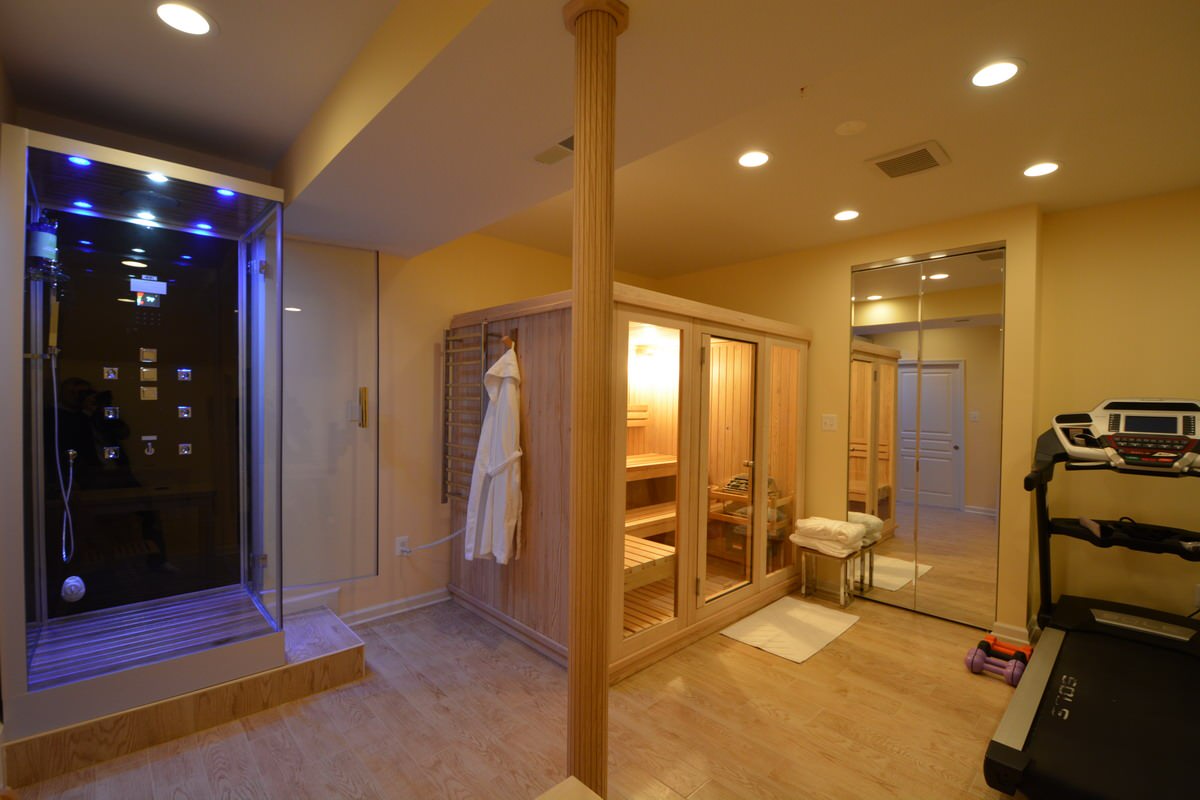
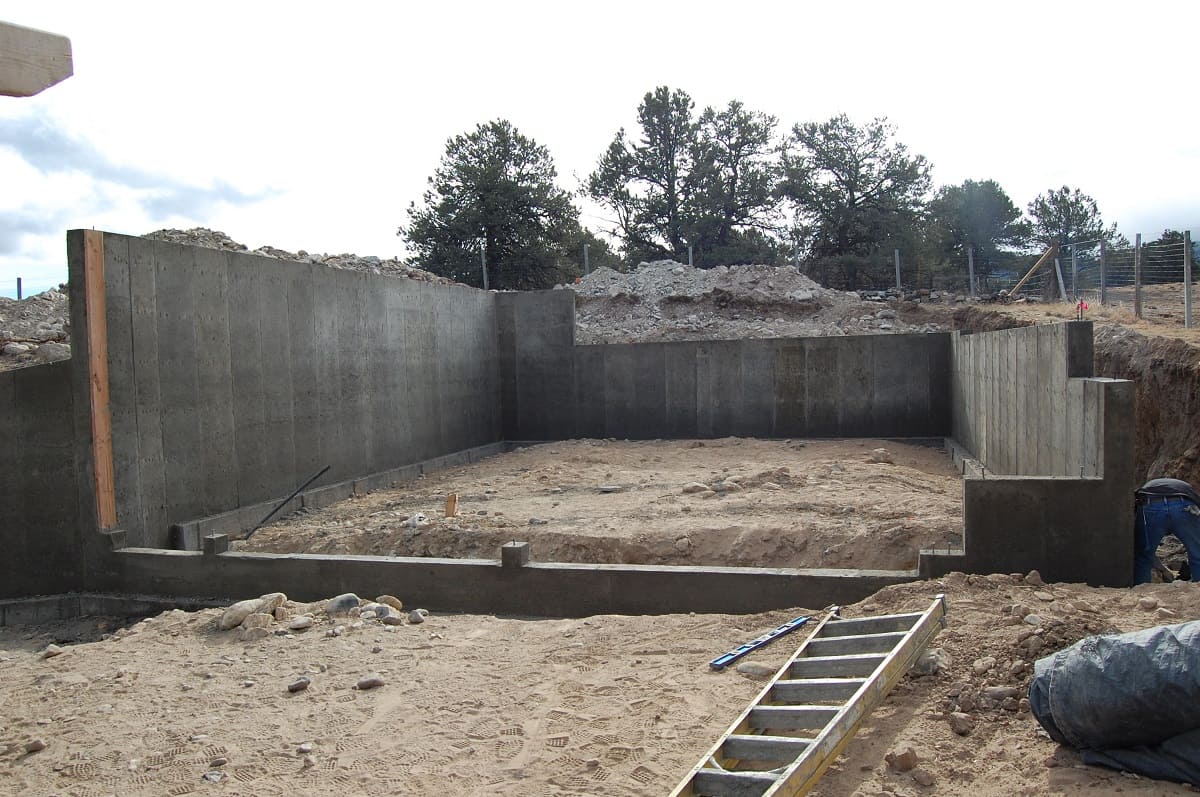

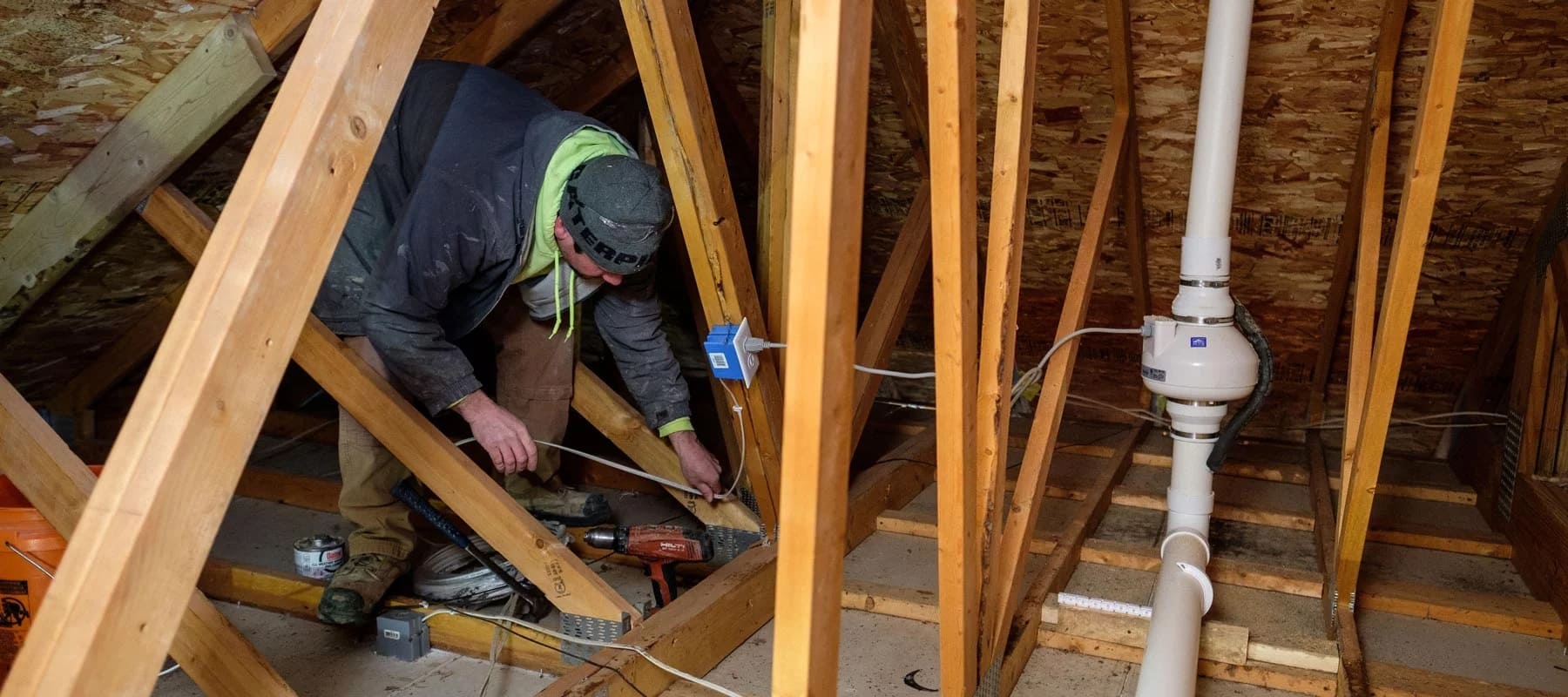
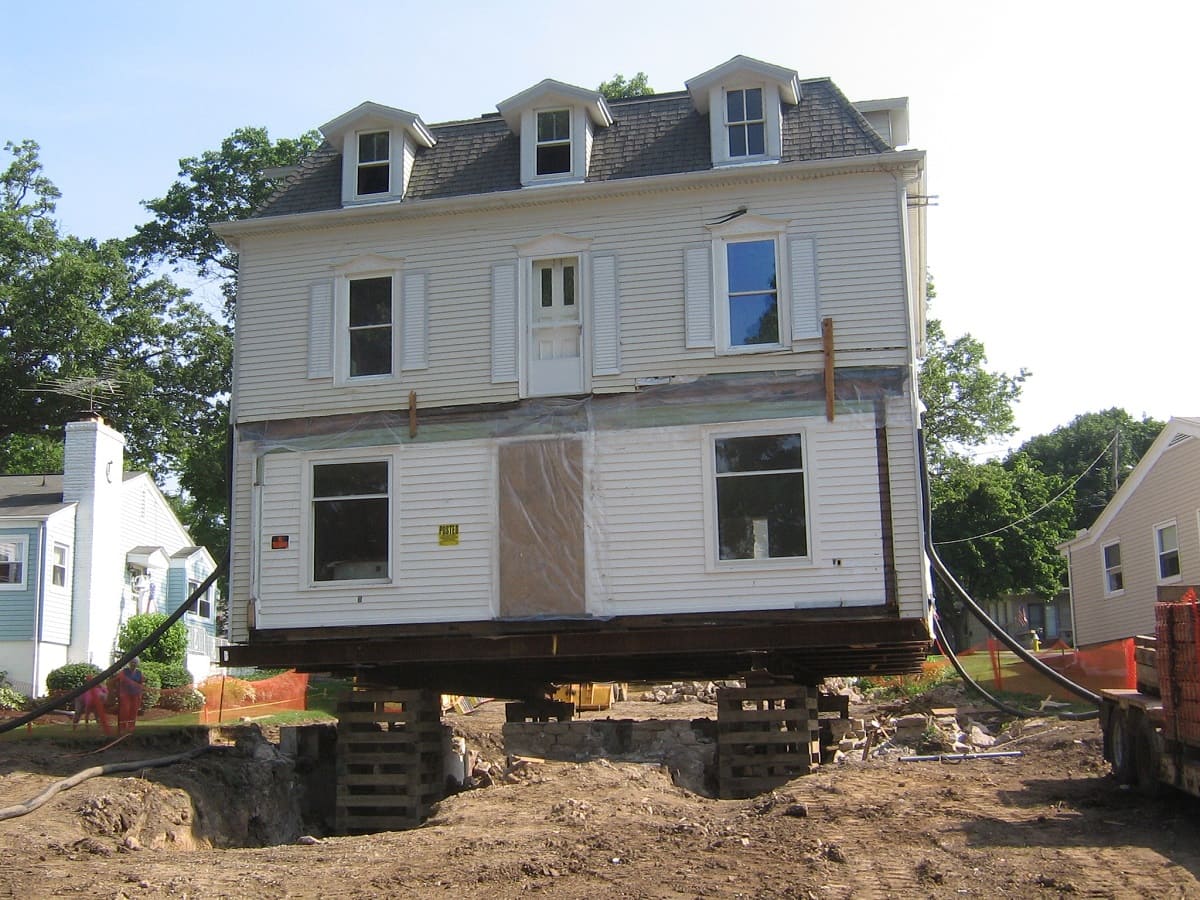
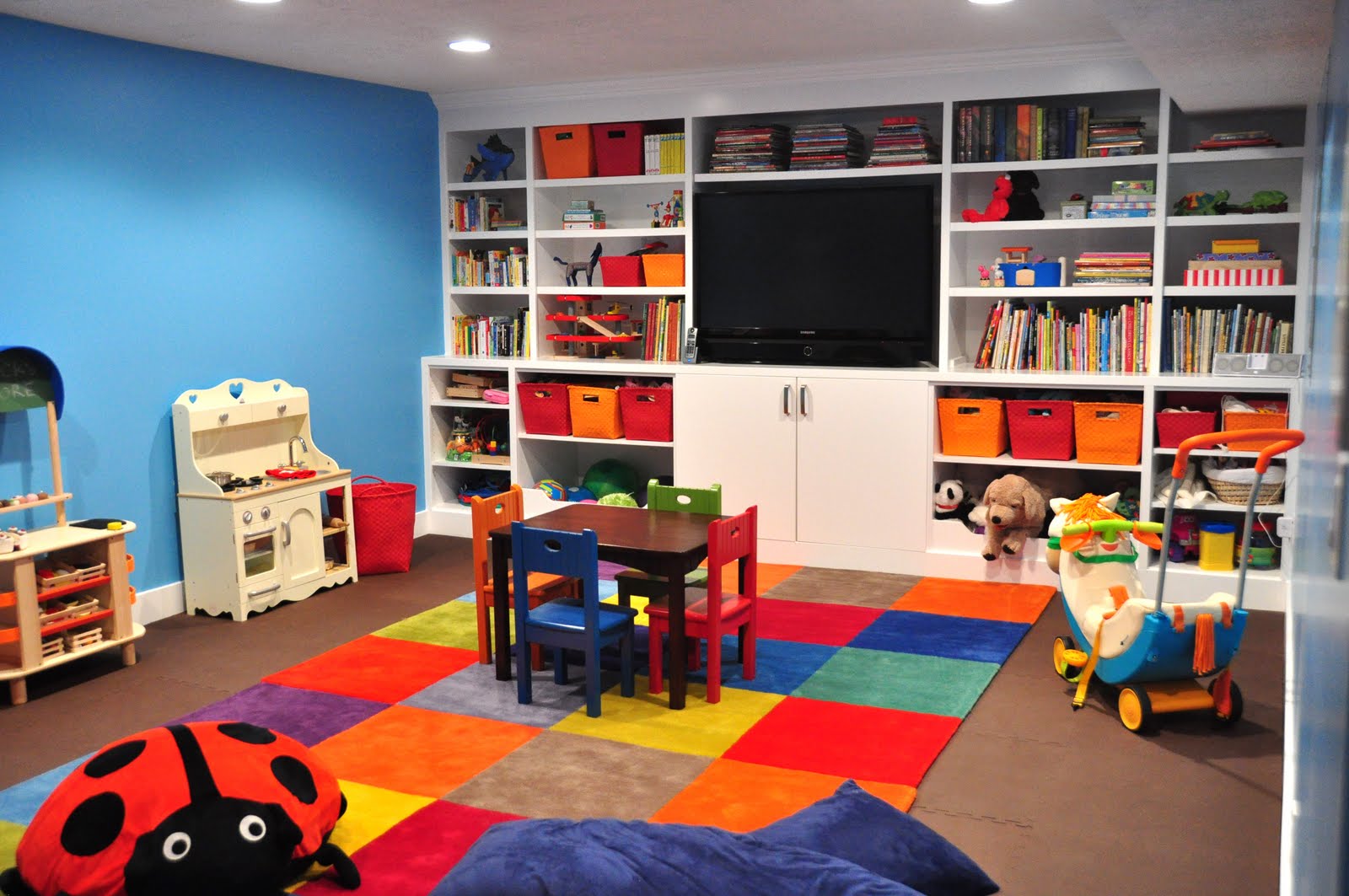
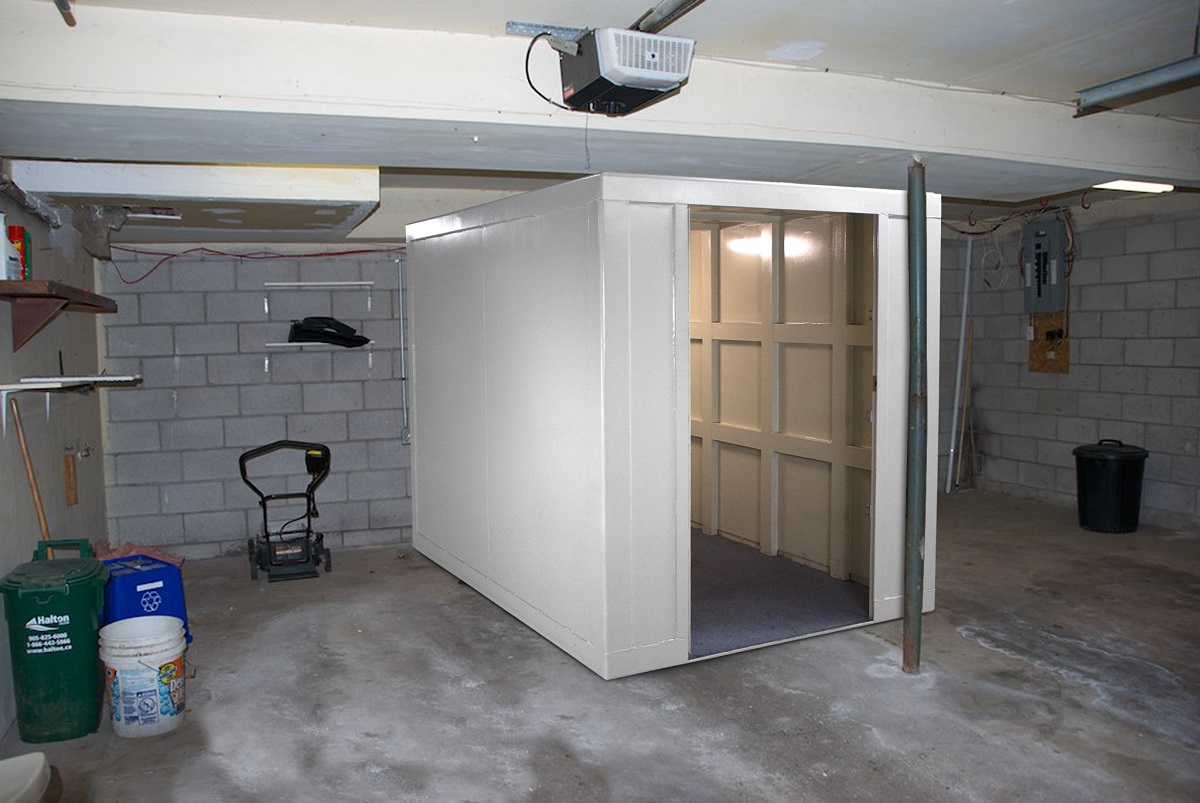
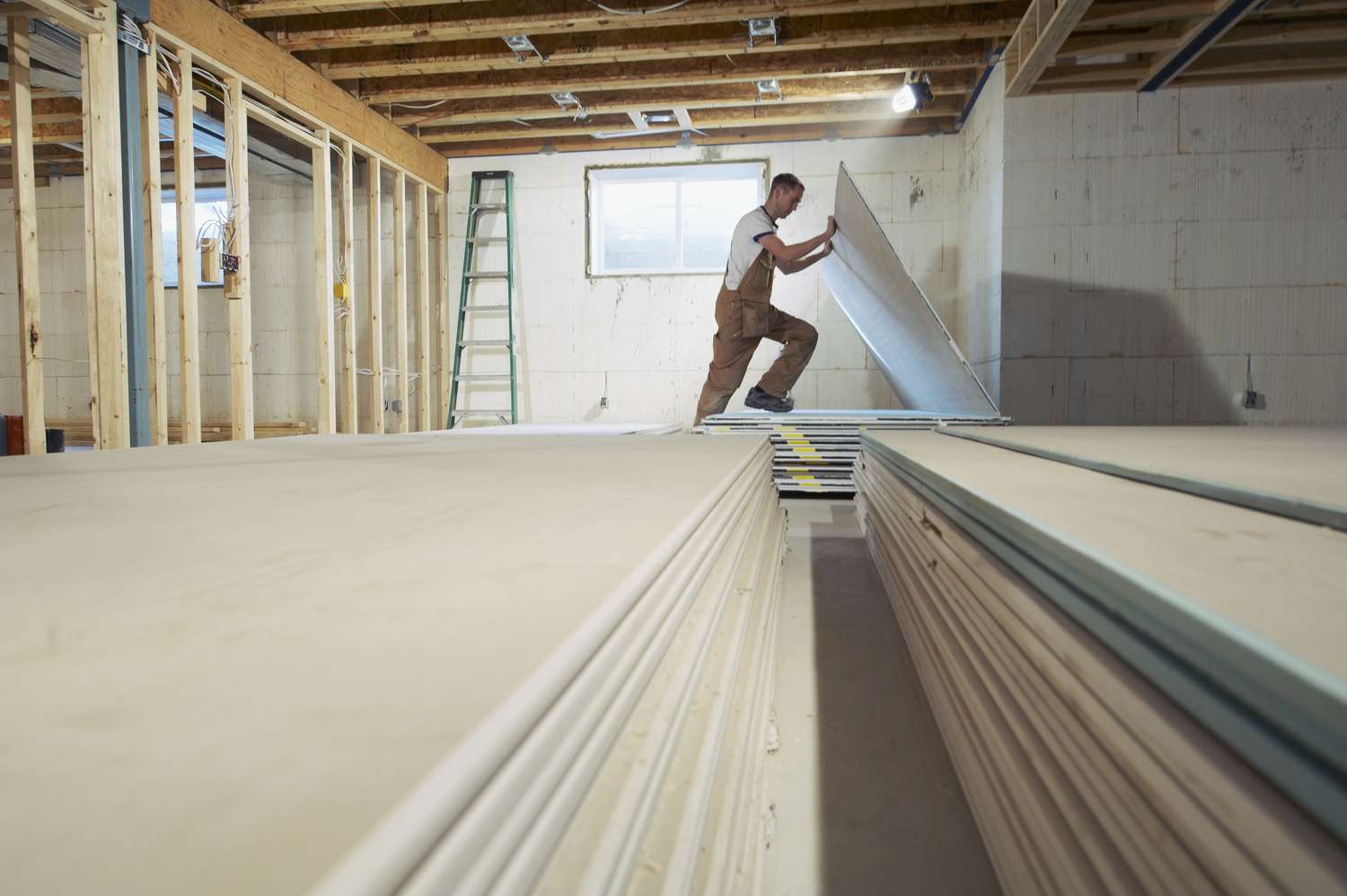


0 thoughts on “How To Build A Basement Ventilation System”